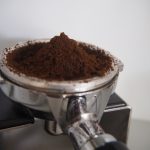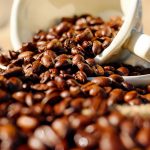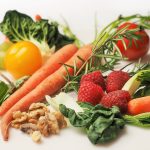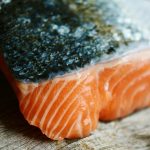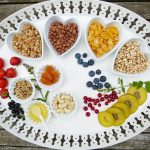In the quest for the perfect cup of coffee, one question often percolates to the forefront of every coffee lover’s mind: “How many scoops of coffee per cup?” This seemingly simple inquiry unlocks the door to the art and science of coffee brewing—a journey that balances precision with personal taste, tradition with innovation. As seasoned connoisseurs of coffee culture, we’ve brewed countless cups and delved deep into the rich tapestry of coffee preparation to bring you a guide that’s as informative as it is enlightening.
This comprehensive guide is not just about measuring scoops; it’s a deep dive into the essence of coffee brewing. Understanding the right coffee-to-water ratio—the Golden Ratio, as it’s affectionately known—is just the beginning. We’ll explore how factors like grind size, water quality, and brewing method can dramatically alter your morning cup. This guide is designed to elevate your coffee game, whether you’re a novice looking to master the basics or an experienced barista seeking to refine your craft.
Our expertise in the field is matched only by our passion for sharing it, ensuring that the insights we provide are both authoritative and accessible. We believe that the perfect cup of coffee is a personal journey, one that varies from one individual to another. Thus, our guide is tailored to spark curiosity and encourage experimentation, inviting you to explore the nuances of coffee brewing and find your own perfect balance.
As you read on, you’ll discover not only the practical steps to achieving that ideal cup but also the whys behind them. This isn’t just about following a recipe; it’s about understanding the chemistry and craft that go into every pour, drip, and press. Whether you’re curious about the impact of bean variety on your brew or the science behind extraction times, this guide promises to enrich your coffee experience and perhaps, change the way you think about your daily cup.
So, grab your favorite mug, and let’s embark on a journey to discover the art of the perfect brew. How many scoops of coffee per cup? The answer might surprise you, and it’s just the beginning of what we have to share.
The Significance of the Golden Ratio
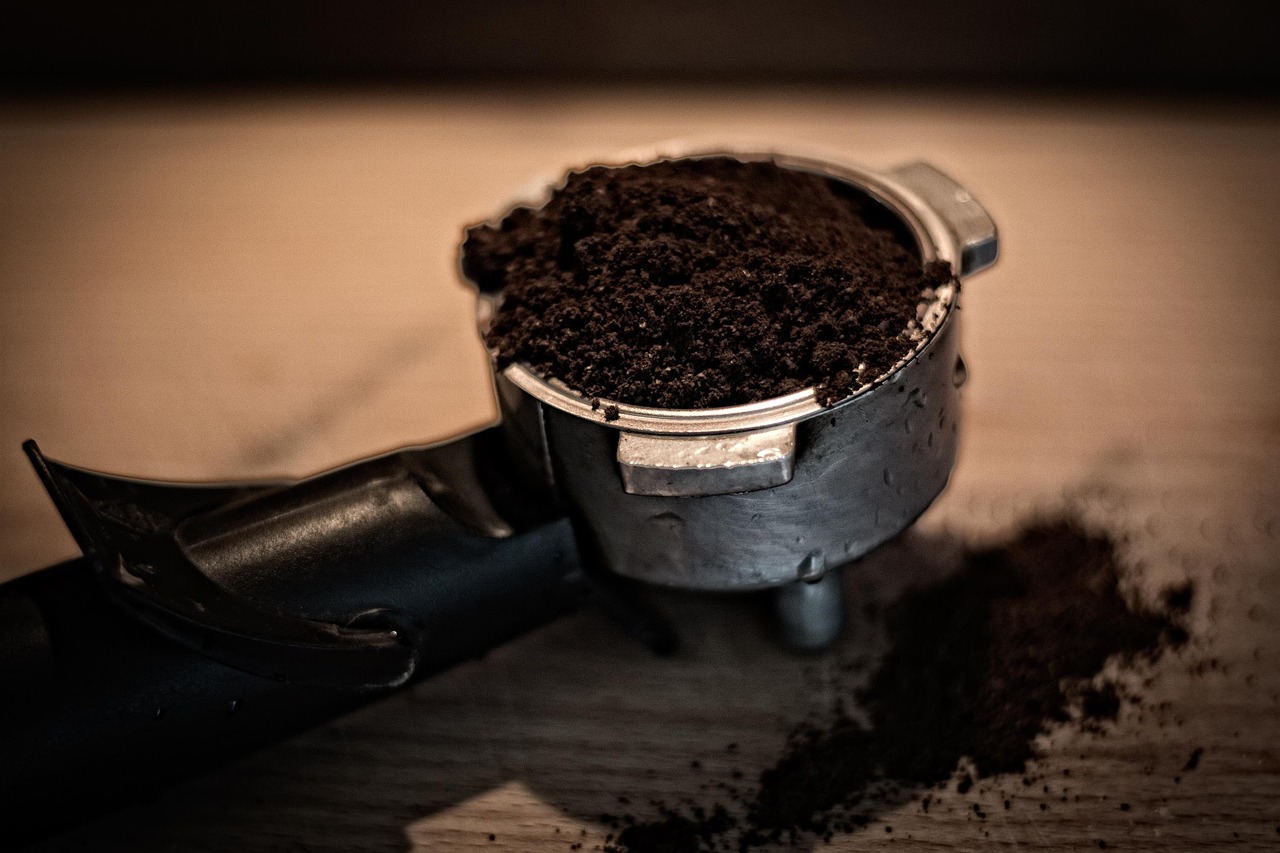
The Golden Ratio is the ideal coffee-to-water ratio for balanced flavor. Follow this ratio:
To determine how many scoops of coffee to use per cup, the general recommendation is to use one scoop of coffee grounds per cup of coffee. A standard coffee scoop typically holds about 2 tablespoons of ground coffee[2]. For a strong cup of coffee, you would use one scoop per cup, while for a weaker cup, you might opt for 1 scoop per 2 cups of coffee or 1.5 scoops for 2 cups. It’s important to note that the measurements on the side of a coffee maker’s carafe may not align with the US standard cup size, as they often assume 6 oz of water will make 5 oz of brewed coffee.
– Use one scoop of coffee grounds per cup for a standard brew.
– A standard coffee scoop holds about 2 tablespoons of ground coffee.
– Adjust the number of scoops based on your desired strength: one scoop per cup for strong coffee, and 1 scoop per 2 cups for weaker coffee.
This Golden Ratio highlights the importance of proportion in coffee brewing. Adjusting the amounts while maintaining the ratio is key for different cup sizes.
Scoop Measurements by Brew Method
The number of scoops needed depends on your brew method. Here are guidelines on adjusting scoop quantity:
Drip Machine
- Use 1 scoop per cup (10g of coffee per 6 oz of water).
- For a 12 cup machine, use 12 scoops of coffee.
Espresso
- Use 1 rounded scoop (14-18g) for a single shot.
- Use 2 rounded scoops (28-36g) for a double shot.
French Press
- Use 1 rounded scoop for every 3-4 oz of water.
- For a 34 oz press, use 8-11 scoops of coffee.
Pour Over
- Use 1 level scoop (15g) per 200-250g of water.
- For a single cup, use 1 scoop.
Scoop Size
- A typical scoop holds 10-15g of ground coffee.
- Scoop sizes can range from 1 tablespoon to 1/4 cup capacity.
Factors Influencing Strength and Flavor
Aside from ratio, other factors impact coffee’s taste:
- Grind size – Finer grinds extract more flavor. Coarse grinds extract less.
- Bean type – Light vs dark roasts produce different strengths.
- Roast level – Light roasts are milder, dark roasts are bolder.
- Water quality – Mineral content affects flavor extraction.
Experiment to find your favored grind size, bean type, roast level, and water for the best taste.
Alternative Measurements
Instead of scoops, you can also measure coffee grounds by:
- Tablespoons – 1 tbsp equals roughly 5-8g.
- Grams for precision – Use a kitchen scale.
When measuring beans:
- 1 cup of whole beans equals ~140-180g.
When measuring brewed coffee:
- 1 cup equals ~235ml or 8 oz.
| Measurement | Coffee Grounds | Whole Beans | Brewed Coffee |
| 1 teaspoon | 2-3g | 7g | 30ml |
| 1 tablespoon | 5-8g | 14g | 45ml |
| 1 cup | 80-140g | 140-180g | 235ml |
| 1 liter | 160-224g | 280-360g | 1000ml |
Adjusting to Your Taste
The guidelines above are starting points – adjust to your preferences:
- Like stronger coffee? Use more grounds per cup.
- Prefer milder coffee? Use fewer grounds.
- Making lattes? Use less coffee so milk taste comes through.
Aim for the Golden Ratio then tweak from there based on your brew method and personal taste.
Troubleshooting Common Issues
Having trouble dialing in your perfect cup? Here are some fixes:
- Bitter, over-extracted coffee – Use fewer grounds or coarser grind.
- Weak, under-extracted coffee – Use more grounds or finer grind.
- Coffee loses flavor quickly – Store beans in a cool, dark place. Grind right before brewing.
Advanced Brewing Techniques
Once you master the basics, try out:
- Cold brew – Long steeping extracts flavor without bitterness.
- Siphon brewers – Unique vacuum method produces clean flavor.
- Moka pot – Stovetop espresso-style coffee concentrates flavor.
- AeroPress – Full immersion and pressure yields robust, layered taste.
Brew time, temperature, and agitation also influence flavor for these methods.
Eco-Friendly and Ethical Coffee Choices
Consider opting for:
- Organic coffee – Healthier for the environment without pesticides.
- Shade-grown coffee – Promotes biodiversity by growing under forest canopies.
- Fair trade coffee – Supports fair wages and conditions for farmers.
Making thoughtful purchases helps the coffee supply chain.
Roasting and Grinding Your Own
For complete control over flavor:
- Home roasting – Customize roast styles from light to dark.
- Home grinding – Grind beans right before brewing to maximize freshness.
- Adjust grind size – Use a burr grinder for grind consistency. The finer the grind, the more scoops you’ll need.
Caffeine Content and Health
Coffee naturally contains caffeine. Caffeine levels are influenced by:
- Bean type – Robusta beans have nearly double the caffeine of Arabica.
- Roast level – Light roasts have slightly more caffeine than dark roasts.
- Brew method – Drip coffee has more caffeine than espresso.
A typical 8 oz cup contains 80-100mg caffeine. Health-wise, coffee:
- May boost energy, alertness, and focus in moderation.
- Contains antioxidants and nutrients like B vitamins and potassium.
- May support cardiovascular health, liver function, and memory.
- Should be avoided in excess by those sensitive to caffeine for anxiety or insomnia.
For low caffeine, opt for decaf coffee or half-caff blends.
Coffee Pairings
Complement your cup of joe with:
- Cured meats – Salami, bacon, prosciutto
- Nutty treats – Biscotti, scones, macadamia nuts
- Chocolate goodies – Cookies, donuts, cakes
- Savory dishes – Omelets, avocado toast, quiche
Try stirring in spices like cinnamon, cardamom, or nutmeg too.
Additional Resources
To dive deeper into coffee brewing:
- Coffee Brewing Chart – Visual guide to brew methods.
- Barista Institute Videos – Video tutorials on making espresso-based drinks.
- Coffee Gator Buying Guide – Features to look for when selecting beans.
- Acaia Coffee App – Connect smart scale to app to track brew ratios.
- Home Coffee Roasting Reddit – Forum for home roasting discussion.
Conclusion
Hopefully this article helped explain how to achieve the perfect coffee-to-water ratio. Keep the Golden Ratio in mind, but don’t hesitate to tailor measurements to your personal preferences. The right combination of technique and experimentation will brew up your ideal cup of coffee.
What tips do you have for newcomers to coffee brewing? Share your wisdom to help fellow coffee lovers refine their craft!
Susan Muskat is a professional chef with over 25 years of experience in the culinary industry. After working in some of the most prestigious restaurants in the world, she opened her own restaurant, Moose and Sadie’s, which quickly became a local favorite. Susan is also the author of a blog all about recipes, guidelines, cooking tips, and knowledge from professional chefs. She loves nothing more than sharing her passion for food with others.


